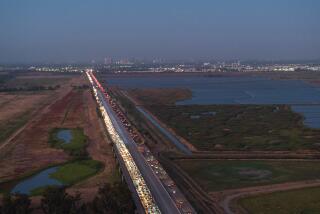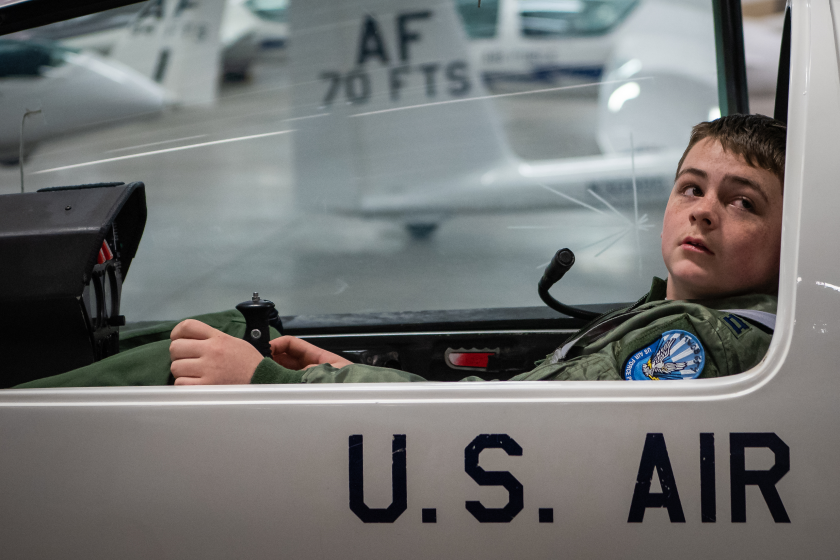Op-Ed: A legal case against the LAPD’s policy of keeping videos secret
- Share via
Los Angeles Police Chief Charlie Beck’s release of security camera footage showing 18-year-old Carnell Snell Jr. moments before he was shot to death by LAPD officers in South Los Angeles on Saturday is a first step away from the department’s secrecy policy for tapes of fatal shootings.
But Beck hasn’t moved far enough. The LAPD and the Los Angeles Police Commission should jettison the strict rules they set up in 2015 that routinely keep video footage of controversial shootings under wraps. Transparency is a better policy, and a strong case can be made that the law requires it.
No one has taken the LAPD to court over its video policy — yet. My USC journalism class decided to ask Beck to justify the policy by requesting copies of police body camera tapes of four recent fatal LAPD shootings under the California Public Records Act. In a Sept. 6 letter, he refused to provide the footage, stating that the law permits him to withhold the tapes because he considers them part of the department’s confidential “investigatory files” created for “law enforcement purposes.”
The LAPD has misread the Public Records Act, according to my analysis. Instead of preventing the public from seeing police tapes, the law requires quite the opposite: a routine and quick release of body cameras and car dashboard footage of police shootings and all fatal use of force incidents.
The justices reminded police that they do not have ‘carte blanche’ or ‘unlimited’ power to label any document as part of an investigatory file.
The LAPD’s secrecy policy clearly relies on a 1993 California Supreme Court case called Williams vs. Superior Court. The justices decided that the Public Records Act permits police agencies to keep their criminal investigations secret indefinitely to avoid tipping off suspects about informants, witnesses, clues gathered and theories developed by officers.
But the Williams decision is not the magic ticket the LAPD thinks it is. The justices reminded police that they do not have “carte blanche” or “unlimited” power to label any document as part of an investigatory file. If police were permitted to do that, the “exemption would swallow the rule.”
Body camera and dashboard tapes in particular shouldn’t be labeled confidential investigatory material. The footage represents objective, neutral documentation of events, and in the case of controversial use of force incidents, it is usually recorded in public — on a street, sidewalk or lawn — where there’s no expectation of confidentiality or privacy (another issue Beck sometimes cites when he justifies keeping tapes secret).
In many ways, police videotapes of shootings are analogous to 911 call recordings, which are required to be made public under the Public Records Act. Police dash cam and body cam recordings of fatal shootings can be seen as extensions of those calls when dispatchers send police to an incident that ends with a deadly shooting.
The Williams decision was crafted to allow for secrecy when transparency would harm a criminal investigation. But the release of LAPD police shooting tapes doesn’t present that problem. The tapes would not reveal the identity of informants, or the content of witness statements. Nor would they reveal the department’s analysis or confidential clues.
And no criminal suspects would gain helpful knowledge through the public release of the tape of fatal shootings. The victims — if they ever were legitimately criminal suspects — are dead. The officers involved in the incidents may indeed be the subjects of a criminal investigation, but even they can’t gain extra knowledge from the public release of the tapes — LAPD policy already allows officers to immediately see body camera and dashboard camera footage.
The LAPD’s videotape nondisclosure policy has other legal problems. The Public Records Act states that whenever an agency releases a government record to any “member of the public,” that agency waives the right to confidentiality, a California appellate court said in a 1974 case called Black Panther Party vs. Kehoe. So when the LAPD gives the tapes to lawyers for the shooting victims or their families, under the Kehoe decision, the LAPD should be required to give it to everyone else too. Similarly, once officers are under criminal investigation for a shooting, they should be considered members of the public; if they see the tapes before writing their reports, confidentiality would once again be waived.
So far this year, 20 people have been shot by the LAPD, 16 of them fatally, according to newspaper accounts. And as protests and unrest in L.A. and other cities attest, people want to see the objective evidence — the videos — in controversial cases. The default position of secrecy has created public suspicion — right or wrong — that the police are hiding something.
On Tuesday, Los Angeles Police Commission President Matthew Johnson said his civilian oversight committee would reconsider the LAPD’s video policy. Instead of routine secrecy, the department should quickly release all tapes of fatal shootings and other controversial use-of-force incidents — security tapes, bystander tapes and police tapes. It should be on the right side of history and the Public Records Act.
Susan E. Seager is a 1st Amendment lawyer who teaches media law at USC Annenberg School for Communication and Journalism.
Follow the Opinion section on Twitter @latimesopinion and Facebook
More to Read
A cure for the common opinion
Get thought-provoking perspectives with our weekly newsletter.
You may occasionally receive promotional content from the Los Angeles Times.






